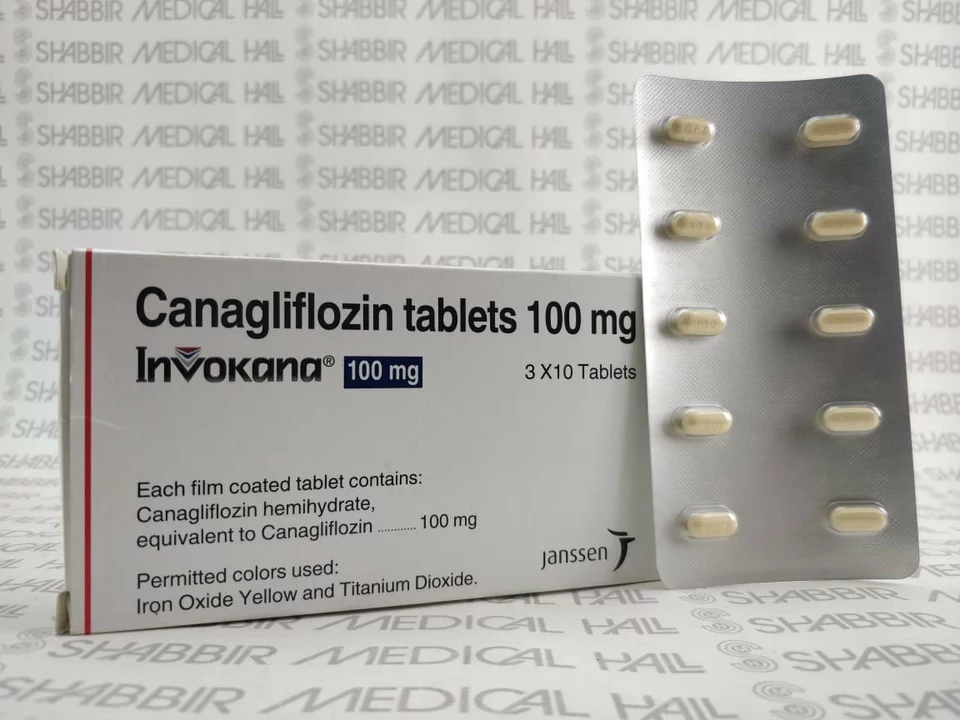Diabetes medications: what works, what to watch for
More than 400 million people live with diabetes worldwide, and medication is one of the main tools for staying healthy. You don't need to memorize every drug, but you should know the main types, how they work, and what risks to watch for.
Common drug classes
Metformin (first line) lowers liver glucose production, helps weight control, and is usually first choice for type 2 diabetes. If metformin fails or causes problems, options include sulfonylureas (glimepiride, gliclazide) that boost insulin release, DPP-4 inhibitors that modestly lower blood sugar, SGLT2 inhibitors that help kidneys remove sugar and can protect the heart, and GLP-1 receptor agonists that cut appetite and often cause weight loss.
Insulin is the most powerful way to lower glucose. People with type 1 always need it. People with type 2 may use it short term or for life, depending on how their pancreas holds up.
All drugs have side effects. Metformin can cause stomach upset and rare B12 deficiency. Sulfonylureas raise hypoglycemia risk. SGLT2 drugs raise yeast infections and slightly increase ketoacidosis risk in certain people. GLP-1 medicines may cause nausea and rarely pancreatitis. Talk with your doctor about side effects you can live with and those you can't.
Practical tips for choosing and buying meds
Start with your history: age, kidney and liver health, heart disease, weight goals, and other meds shape the best choice. Ask about benefits you want: weight loss, heart protection, or low cost.
If you shop online, check pharmacy reviews, require a prescription, and confirm the pharmacy is licensed. Our guides cover safe online options, price checks, and real risks. Coupon programs and patient assistance can lower costs; compare options before you buy.
Switching or combining drugs can help reach targets. For example, adding an SGLT2 or GLP-1 to metformin often improves control plus extra benefits. But combinations bring more side effects and costs, so plan with your clinician. Monitor blood sugar, weight, and symptoms after any change. Keep a simple log of readings and meds so you can spot trends.
Older adults, pregnant people, and those with kidney disease need special choices. For example, some drugs aren't safe in pregnancy, while others are preferred. Discuss family plans, kidney numbers, and other conditions before switching therapy.
Want practical comparisons? Read our posts on metformin alternatives, Actos, and cost saving tips. Use them to prepare questions for your clinician. Good treatment starts with clear facts and a plan that fits your life.
Aim for concrete targets: A1c, fasting glucose, and time in range if you use continuous monitors. Ask your clinician what target suits your age and health. Small changes in dose or timing can move results a lot.
Medicine helps, but food, sleep, and movement matter. Even modest weight loss and regular walking lower A1c and cut medication needs. Treat drugs and lifestyle as team players, not replacements.
Start small, ask questions, and change what doesn't work. Your meds should fit life, not the other way around.





